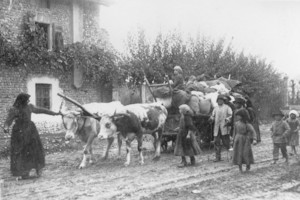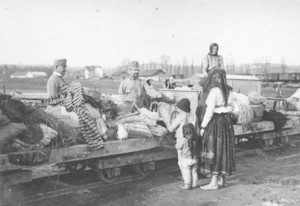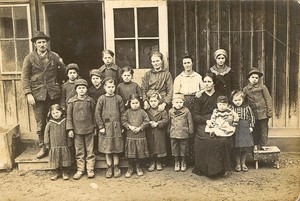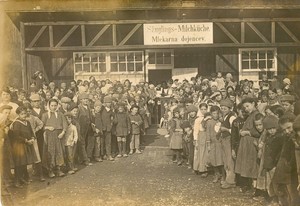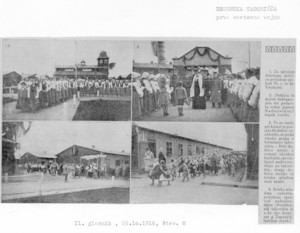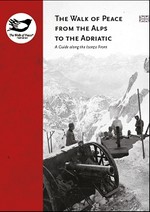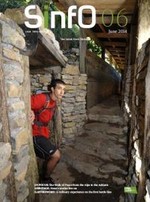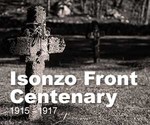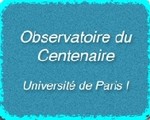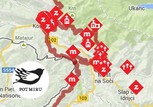Refugees
“Fathers with serious, almost desperate faces, old men and women, leaving and never returning, shouts of despairing mothers, crying children and babies, still trying to find milk. Amidst all this sadness one could hear the mooing of thirsty cattle, bleating of sheep and goats and the creaking of carts. Everything was left behind except the most necessary things dragged or carried with them. /…/ Thus the refugees moved day by day, and as soon as a group left, another one arrived.”
The Great War had sown the bitter steel into the Slovenian territory around Soča (Isonzo) river, expelling around one hundred thousand people away from their homes, who were moved by the Austro-Hungarian and Italian governments to shelter them against the maelstrom of war. Women, children and the elderly from Slovenian places on the left bank of the frontline left for Kranjska, Štajerska and Koroška (Carniola, Styria and Carinthia) and from there onwards to refugee camps all over the Monarchy. After the interventions of Dr Janez Evangelist Krek and Matko Laginja, around 50,000 refugees remained in Slovenian lands, as they were capable of supporting themselves and their families by helping in military workshops. Refugee camps Steinklamm, Gmünd, Wagna, ‘Slovenian’ Bruck upon Litva, and the ‘final’ Strnišče, became homes to the other 30,000fugitives. The superficially organized life in ‘wooden cities’, though with restricted movement, but with workshops, schools, kindergartens and hospitals, was filled with anxiety for the families and homesteads. The third year of the war, with the great shortages rampant in the Monarchy, the refugees were stricken by starvation, unrest and the desire to return.
From the right bank of the frontline, where the Italian army occupied places in Brda, Kambreško and the Upper Isonzo region, the Slovenian inhabitants (around 12,000) were moved to Breginjski Kot, and most of them were sent to Italian cities through the whole of Italy, while around 700 refugees from Brda spent the war in the refugee camp Cordenons. Many men were interned on the island Sardinia. Italian government assigned apartments and a daily allowance to the refugees, and they were able to find a job in local workshops or farms. Refugee children had four school-free years, they were occasionally visited by Slovenian priests, arrested or interned by the Italians at the beginning of the War, and then allowed controlled movement among Slovenian refugees. In the new environment, their days were filled with Italian words, hitherto unknown dishes and unrelenting homesickness.
After the end of the war, the frantic preparations for return started, anticipating demolished homes, ravaged fields, into the chains of the new ‘homeland’ as Slovenian Littoral, according to the secret London Treaty from 1915, now belonged to Italy. Around 15,000 refugees decided not to return to the Littoral, they remained in Kranjska and Štajerska. From refugee camps their way home led through the assembly camp in Strnišče near Ptuj, from where the last ones returned only in 1922. Also refugees from Italy could only return to their homes in 1919.
Dr Petra Svoljšak, Milko Kos Historical Institute at ZRC SAZU

